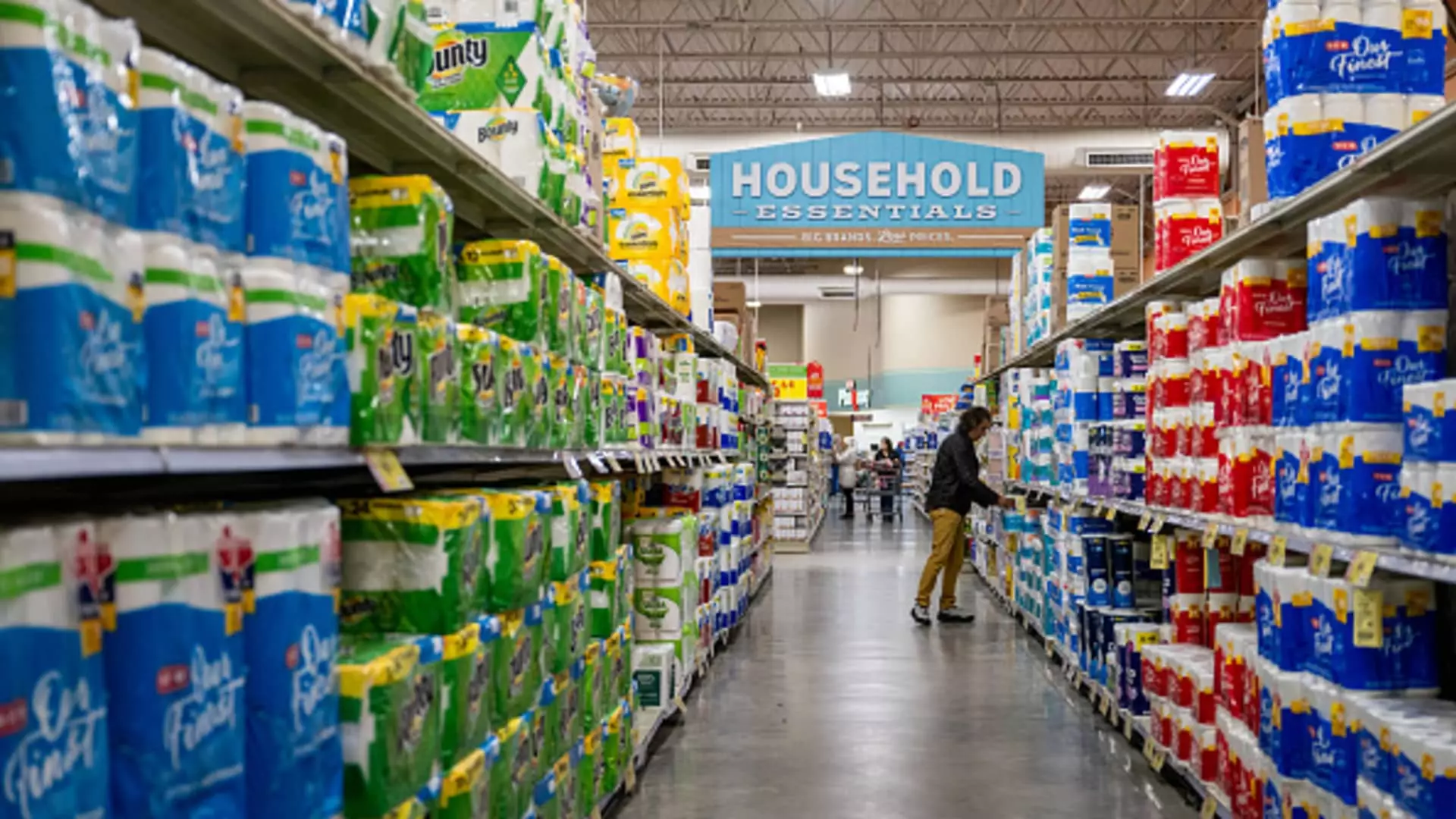In a bold move that the Trump administration heralds as a tenet of their “America First” mantra, new tariffs are set to affect a wide range of commonly consumed goods, including coffee, bananas, and even toilet paper. The administration aims to reinvigorate domestic manufacturing by imposing higher duties on imports from over 180 countries. However, this well-intentioned strategy may fall victim to a critical oversight: it fails to account for the interconnectedness of global supply chains that provide essential ingredients for many U.S. businesses and households. As a result, American consumers are likely to bear the brunt of these economic measures, leading to increased prices for goods that are already staples in their households.
The Hidden Costs of Tariffs
While the rhetoric around job creation and reducing reliance on foreign markets sounds appealing, the reality paints a different picture. The Consumer Brands Association points out that certain key ingredients and materials simply cannot be sourced domestically. Take a staple like coffee—or tropical fruits like bananas, for instance. Climate conditions in the U.S. do not support their growth, and with Guatemala set to face a 10% tariff on its banana exports, consumers will inevitably see price increases. This will not only affect their shopping bills but also reduce access to affordable, everyday items.
The tariffs can quickly morph from a political statement into an economic burden for middle-class families who need to manage their budgets meticulously. This dichotomy illustrates the flaws in a policy that prioritizes abstract notions of economic patriotism over the immediate well-being of American citizens.
Affecting More Than Just Food
However, it’s not merely food that will suffer under these new tariffs; household necessities face similar fates. For example, sectors producing inedible staples, such as toilet paper and personal care items, will see prices rise as manufacturers pass along the costs of imported materials like wood pulp and palm oil—both of which are heavily affected by new tariffs. With a 32% duty imposed on palm oil, American families can expect to pay more for products they rely on daily.
In everyday grocery shopping, the potential for sticker shock grows as consumers are met with escalating prices on both edible and non-edible goods. Interestingly, while stock markets plummeted in response to tariff announcements, shares within the consumer staples sector, which includes product giants like Procter & Gamble and Coca-Cola, saw minor increases. This paradox highlights a troubling reality: as those companies adjust their pricing strategies to cushion the blow from tariffs, it is the average American consumer who will ultimately pay the price.
Compliance with Consumer Needs
The insistence of the government on imposing stiff tariffs at a time when domestic agricultural outputs are already struggling demonstrates myopic policymaking. For instance, decades of shifts in U.S. agricultural practices have resulted in severe limitations on local oat production, with over 90% of oats for food being imported from Canada. Such scenarios call into question the feasibility and sustainability of the administration’s “America First” policies.
Furthermore, market realities reveal a deeper contradiction in American policy: while the idea is to stimulate domestic growth, the methodology used could very well backfire. Instead of enhancing U.S. production capabilities, these tariffs may stifle innovation and adaptation among businesses that depend on imported goods not due to a lack of determination, but due to lack of availability.
Investors vs. Consumers: A Divided Experience
The stock market’s erratic response to the newly imposed tariffs reiterates this divide. While many investors promptly shifted capital in favor of perceived safe bets in the consumer staples sector, they appear disconnected from the day-to-day struggles of average American families. Investors rejoice in potential profit margins bolstered by price adjustments, but Middle America is left grappling with the consequences in their shopping carts. The growing economic gap exacerbated by tariff policies can evolve into broader societal discontent, sowing seeds of division in a nation that should aim for unity through better economic understanding and policies.
In closing, it’s clear that the implications of these recent tariff implementations will resonate deeply in the lives of everyday Americans. It raises fundamental questions about what it means to prioritize national interests while jeopardizing the financial well-being of the very citizens these policies purportedly aim to protect. The promise of more jobs and a stronger economy stands to be sacrificed at the altar of misguided tariff policies that overlook the complexities of global trade while insistently hammering the American consumer with increased costs.

